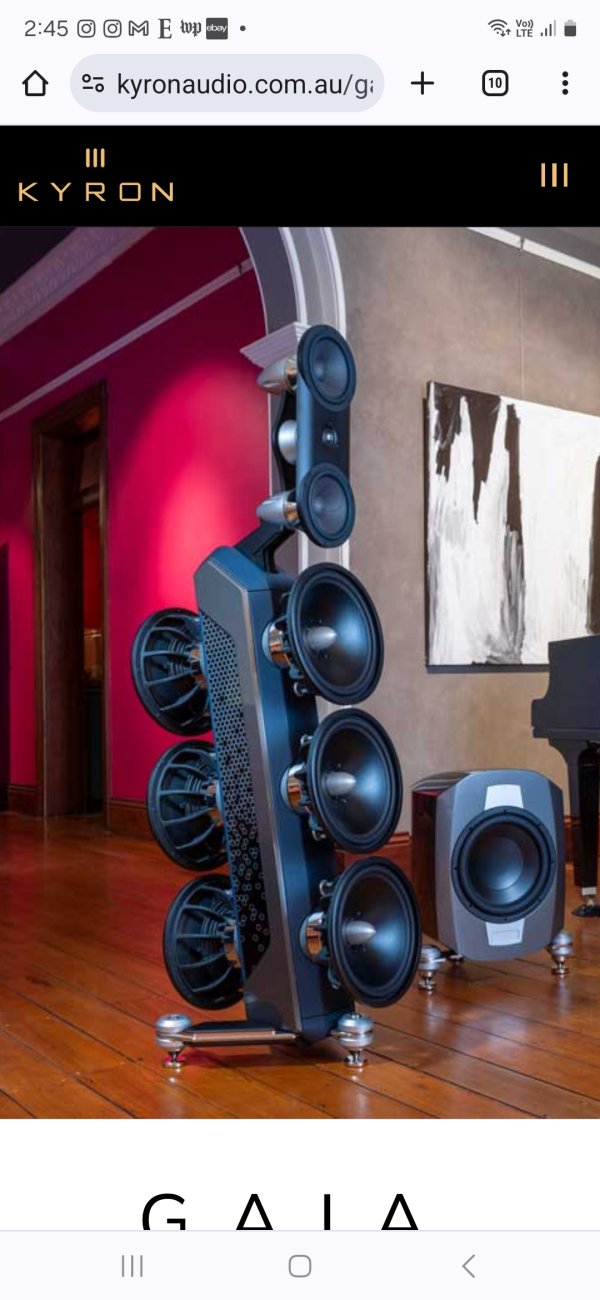Comprehending "revealing" is not tricky at all, it's a common term used in high end audio. Revealing, of higher fidelity, clarity / purity, pick your descriptor, all very similar, and you and all I'm sure get the point.Revealing is a tricky word. What exactly it means is not clear, but it doesn't exactly correlate with high fidelity. A passive network in a speaker will invariably produce audible and measurable signal degradation. But what does it do to transparency? I read a test years ago where a university was trying to split a signal into high pass and low pass, and then combine the two signals again so that the splitting and recombining process was not audible. Cost no object, they couldn't do it in the analog domain. DSP passed the test. Nobody could tell the difference, and I believe in that test they were actually inserting an extra A/D D/A step into the process. And it was just a Behringer pro audio DSP box. Now maybe if the listeners had been better trained they could have picked up on the digital conversion degradation. But still, they had no problem at all hearing the analog processing, with 100% accurate detection from just about anyone who gave it a try.
And yet, most high-end home audio speakers still have passive networks. And, most of the high end market seems to take them more seriously. My take is that it's an artistic target sound, similar to how there are still those who prefer film to digital photography. My dad used to say in the early days of digital photography "nobody knows how to make it look good yet." It's about more than accuracy. It's about artistic use of inaccuracy to create an effect in the mind of the seer or hearer. Analog creates its own effects, and these come to symbolize realism in our minds over time. I play video games that add a lens flare to the scene when the sun is visible. It's silly, but somehow that aberration adds perceptual realism.
And then there's higher frame rates in movies. Somehow they destroy something. They're too revealing, and yet the effect is that it destroys the feel that was meant to be conveyed. So they are not revealing of the mood as intended, but more revealing of the actual nature of what is on camera - a bunch of people on a set wearing makeup and reciting lines.
Also, WRT your reading of a test years ago of analog xover split and recombine, I don't buy it. Please send the link, as I'd love to read it. Also, IME whenever I used DSP above ~100Hz, while the peak / dip was ameliorated, there was a reduction in clarity / focus. Again, with my lesser revealing system, any reduction in clarity was not discernable and the smoothing of bass outweighed any detriment. YMMV.







